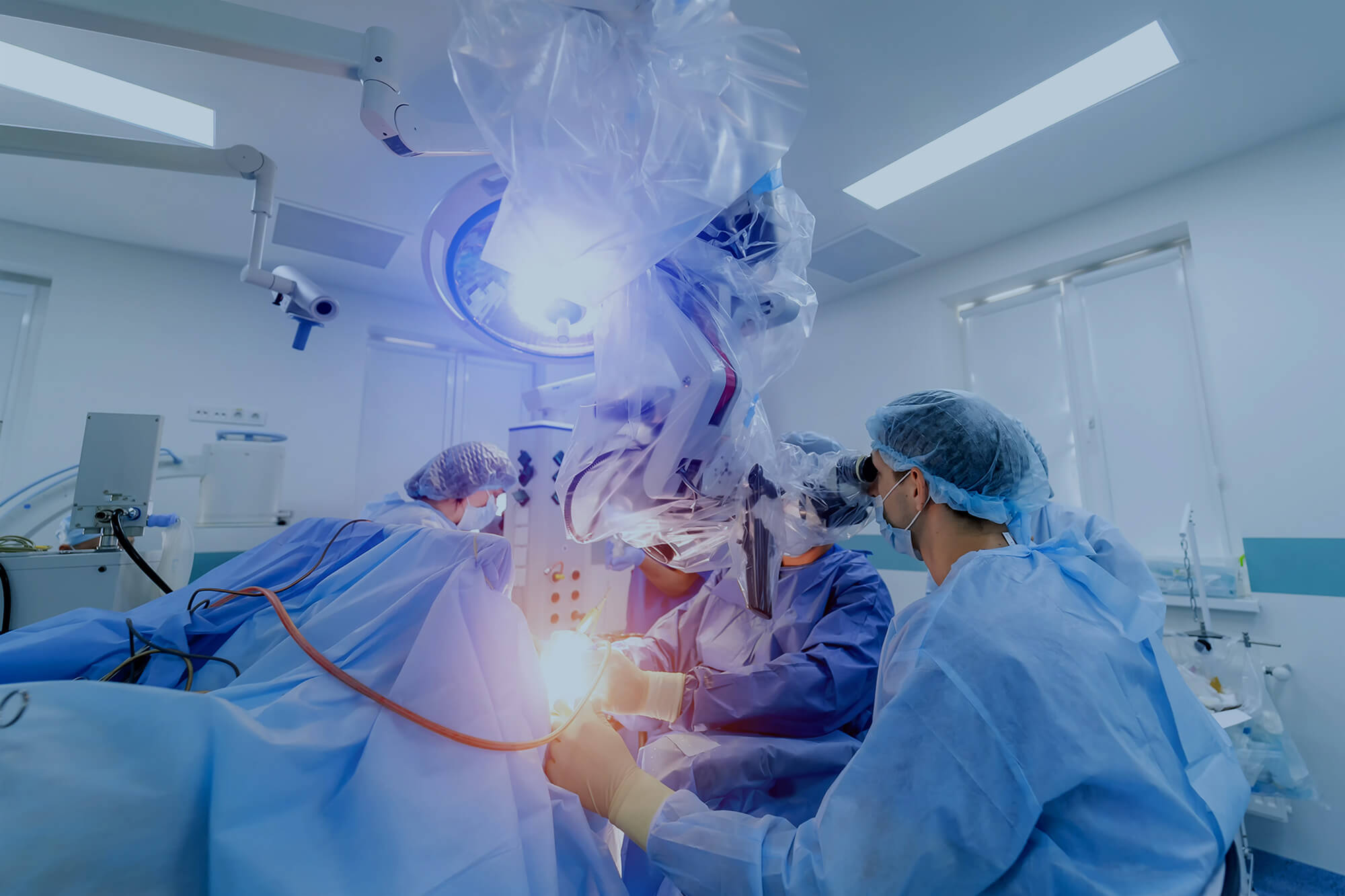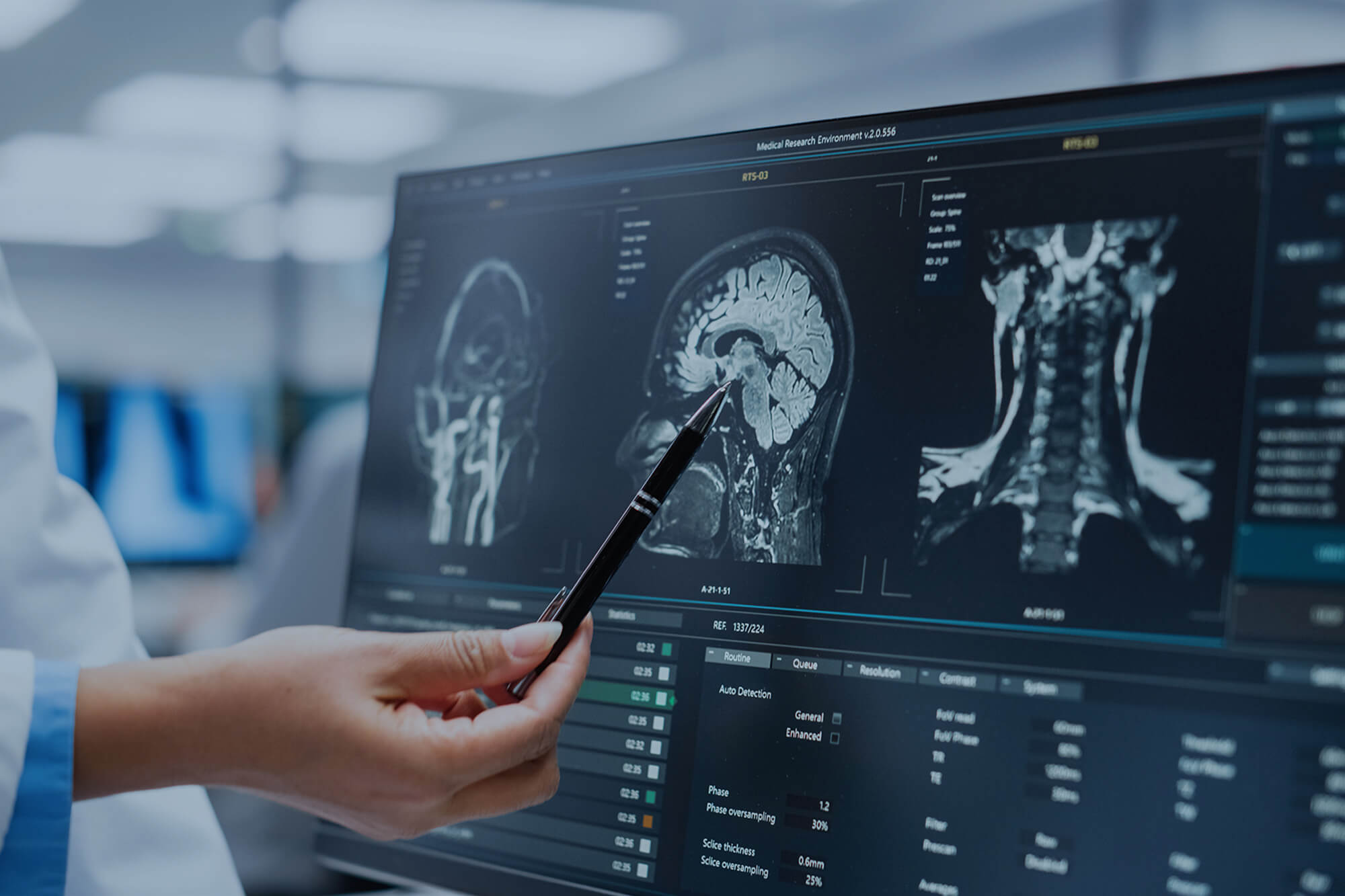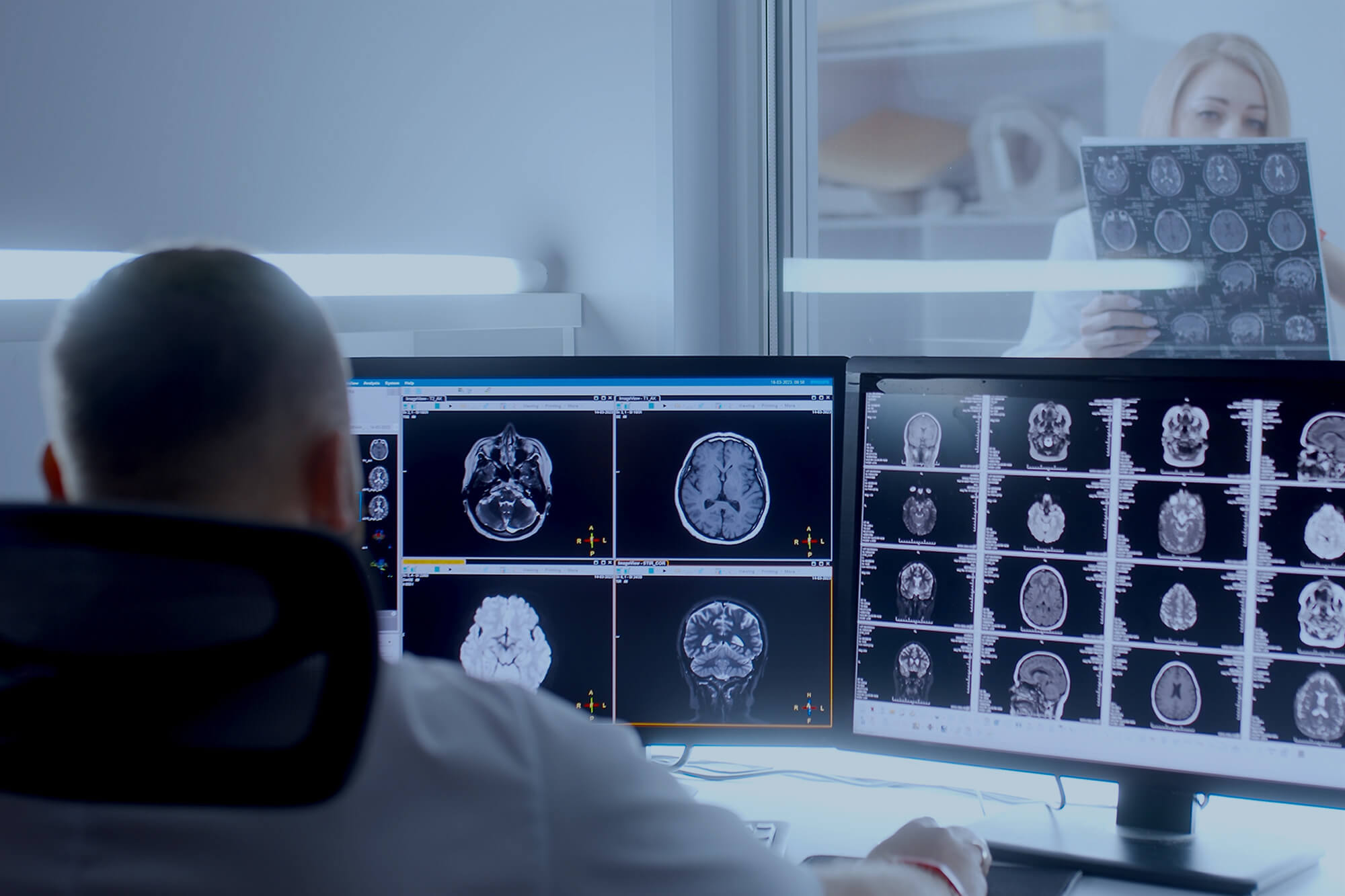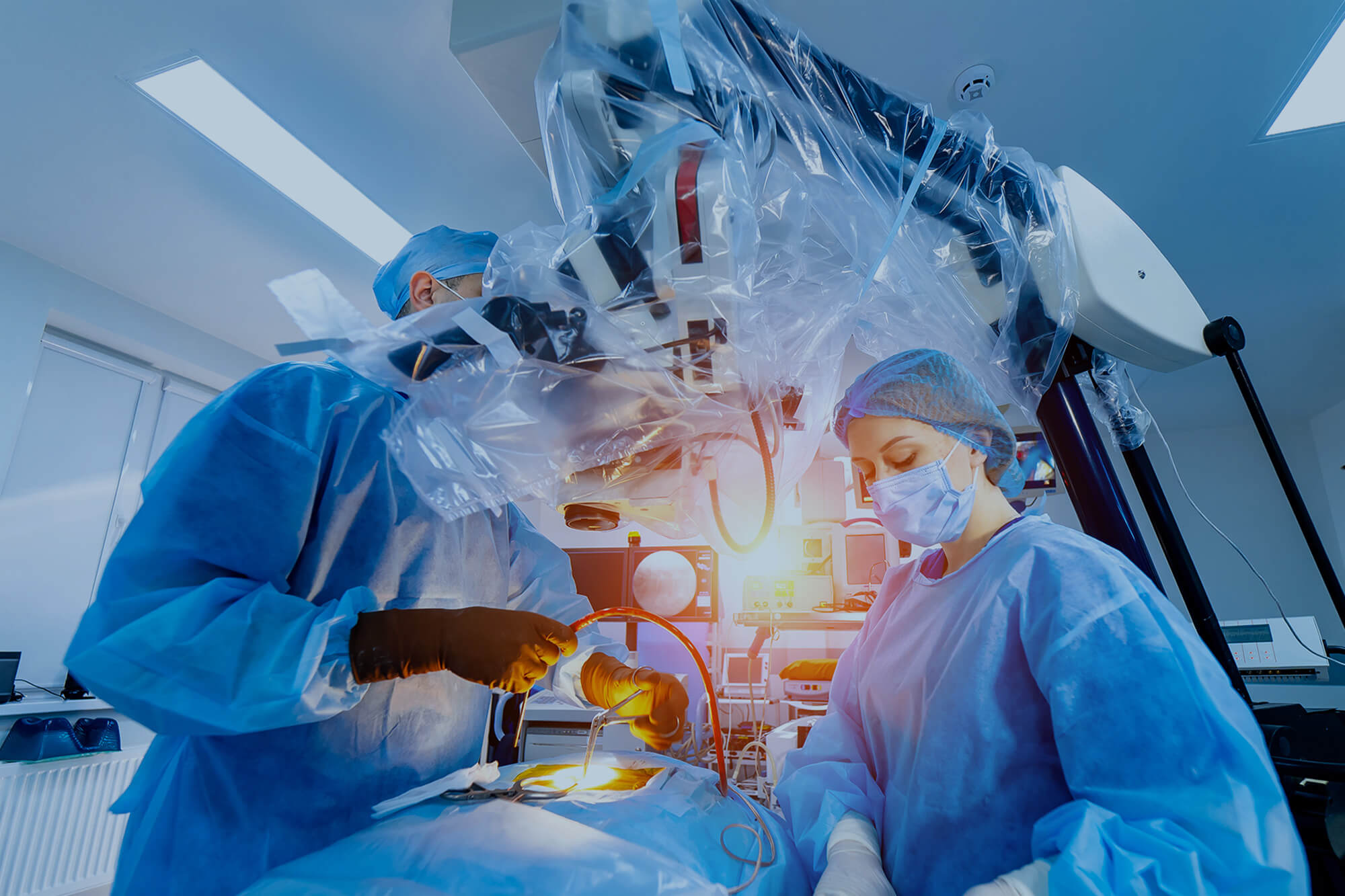Advancing Neurosurgery with the SmartXide² CO₂ Laser
Early laser systems revolutionized the way surgeons could dissect, vaporize, and coagulate tissue with minimal mechanical trauma. Yet despite decades of progress, the challenge has remained the same: achieving the highest level of precision while minimizing collateral damage to surrounding structures.
Today, that balance is being redefined by new-generation systems such as the DEKA SmartXide² CO₂ laser. Designed for exacting neurosurgical applications, this platform combines advanced beam control, intelligent power delivery, and integrated visualization to give surgeons an unprecedented degree of accuracy and confidence.

The Role Of CO₂ Lasers In Neurosurgery
For over half a century, CO₂ lasers have proven invaluable in neurosurgery. Their unique wavelength, absorbed strongly by water in tissue, makes them ideal for controlled ablation and coagulation.
The result is selective vaporization with minimal penetration depth, which is particularly important in microsurgery where the margin for error is measured in microns.
CO₂ laser ablation offers distinct advantages over traditional tools. Unlike scalpels or electrocautery, it delivers energy without physical contact, eliminating mechanical traction and sharply limiting thermal spread. This allows surgeons to safely navigate critical structures, such as cranial nerves or brainstem tissue, while maintaining an unobstructed view of the operative field.
Early systems were limited by rigid configurations and less flexible beam delivery. They were primarily used for accessible lesions, such as superficial meningiomas or pituitary tumors.
The SmartXide² CO₂ laser overcomes these constraints with innovations in fiber transmission and beam articulation, making it suitable for a far broader range of cranial and spinal applications.
Today, neurosurgeons rely on CO₂ lasers for tumor resections, spinal decompressions, vascular malformations, and pediatric cases where gentle, bloodless dissection is essential. As laser systems become more sophisticated, they are increasingly integrated into multidisciplinary procedures alongside microscopes, exoscopes, and neuronavigation systems.
SmartXide² Technology: Precision and Safety Advantages
The SmartXide² CO₂ laser represents a leap forward in surgical precision for neurosurgery. Built on DEKA’s decades of laser experience, this system merges optical innovation with digital control, giving neurosurgeons a versatile yet intuitive tool for complex cases. Several key technologies distinguish SmartXide² in terms of precision and safety:
At the heart of the system is Pulse Shape Design (PSD) technology, which customizes energy delivery based on the tissue’s optical and thermal characteristics. By fine-tuning the pulse profile, the system minimizes residual heat and reduces the risk of unintended damage. This makes it ideal for delicate microsurgical dissections where tissue differentiation is critical.
The system’s digitally controlled scanner can deliver spot sizes as small as a few hundred microns, enabling precision on the scale of micrometers during both ablation and coagulation. In procedures near eloquent cortex or cranial nerves, this level of control can make the difference between resection and irreversible deficit.

The surgeon can adjust parameters in real time through an intuitive touchscreen interface, achieving consistent control across different tissue types and surgical depths.
SmartXide²’s integrated micromanipulator and articulated arm give the operator a stable and ergonomic range of motion. Even in narrow operative corridors or skull base regions, the beam can be directed with exceptional steadiness and visibility.
For hospitals that use advanced visualization platforms such as the VITOM® eagle exoscope, this system integrates seamlessly, supporting a magnified, shared 4K-3D view of the surgical field.
By combining superior beam control with optimized ergonomics, the SmartXide² system not only enhances surgical precision but also reduces fatigue, supporting better performance across long, technically demanding procedures.
Clinical Case Insights: Evidence From Scanner-Assisted SmartXide² With PSD Technology
A prospective case series evaluated scanner-assisted SmartXide² CO₂ laser with PSD technology across six neurosurgical patients. Lesion types included one vestibular schwannoma, two brain metastases, one glioma, one cerebral meningioma, and one spinal neurinoma.
The team used a 60 W SmartXide² system with the Easyspot Hybrid micromanipulator and HiScan Surgical scanner, coupled to a Leica M720 OH5 microscope.
Preclinical sessions on swine brain established tissue interactions and optimal settings, with histology confirming very limited thermal interaction in nervous tissue, measured at less than 40 micrometers.
Across cases, surgeons reported precise ablation, effective coagulation, and a clear field with a non-contact technique that supported visibility and control.
In the brain metastasis case, the laser was used from the initial pial incision to hemostasis of the cavity, with gross total resection, reduced edema on immediate imaging, and no contusions.
In the falx meningioma case, precise ablation and reduced intraoperative bleeding from feeders shortened tumor removal time, with imaging again showing reduced edema and complete removal.
In the re-operative spinal schwannoma with significant fibrosis, the CO₂ laser aided careful dissection and capsular vaporization without traction. The patient had full resolution of preoperative deficits by six months, and a two-year MRI confirmed gross total resection without recurrence or instability.
These findings align with the broader advantages of CO₂ laser neurosurgery in delicate cranial and spinal work, reinforcing the SmartXide² profile for minimal lateral thermal spread and predictable tissue effects.
Enhanced Visualization and Workflow Integration
In modern operating rooms, efficiency and visualization are as vital as precision. SmartXide² has been engineered to integrate smoothly with digital imaging and neuronavigation systems, ensuring real-time coordination between visual feedback and energy delivery.
When paired with advanced exoscope visualization, such as the DEKA TRIO neurosurgery configuration combining the SmartXide² CO₂ laser and visualization platforms, surgeons benefit from a unified workflow. This integration supports superior depth perception, precise targeting, and reduced physical strain, especially in minimally invasive approaches.
By maintaining a smoke-free field and optimal lighting conditions, SmartXide² enhances situational awareness for the entire surgical team. These refinements contribute to smoother intraoperative communication, faster turnaround times between cases, and improved utilization of surgical resources.

Benefits for Surgeons and Patients
The SmartXide² platform delivers measurable value on clinical, operational, and economic levels.
What it Means for Surgeons
- Enhanced Precision: Fine-tuned beam parameters allow for controlled ablation even in complex anatomical regions.
- Reduced Operative Stress: Ergonomic design and stable beam control lessen fatigue and improve accuracy during long surgeries.
- Versatility across specialties: From cranial to spinal to skull base procedures, the SmartXide² adapts to the needs of each surgical approach.
- Improved Collaboration: Seamless integration with microscopes, exoscopes, and neuronavigation tools supports multidisciplinary workflows.
What it Means for Patients
- Minimized Tissue Damage: Narrow thermal margins protect surrounding structures, reducing inflammation and accelerating recovery.
- Lower Risk Of Complications: Precise coagulation reduces intraoperative bleeding and infection risk.
- Faster Recovery: Patients often experience less postoperative discomfort and shorter hospital stays.
What it Means for Hospitals
- Cost-Effective Neurosurgical Technology: SmartXide² improves operating room efficiency, shortens procedure times, and supports faster patient turnover.
- Multi-Specialty Value: Beyond neurosurgery, the same platform serves ENT, gynecology, and reconstructive surgery, maximizing return on investment.
- Sustainability And Training: A simplified learning curve and durable system design lower maintenance costs and enhance staff proficiency over time.
“Neurosurgery demands precision, safety, and efficiency. With the DEKA SmartXide² CO₂ laser, we are equipping surgeons with a tool that minimizes tissue damage, enhances control, and ultimately improves surgical outcomes while remaining a cost-effective choice for hospitals.”
– C.M. Bell, IML

Comparison With Other Energy Modalities in Neurosurgery
In modern neurosurgery, no single tool fits every situation. The SmartXide² complements, not replaces, other energy modalities. Here’s how it compares:
CO₂ Laser Versus Electrocautery
CO₂ laser energy is absorbed by water, which supports precise vaporization with narrow thermal margins. Electrocautery is effective for hemostasis but can transmit heat deeper into adjacent tissue.
CO₂ Laser Versus Ultrasonic Aspirator
Ultrasonic aspiration debulks soft tumors efficiently but may reduce fine control at the interface with critical structures. CO₂ laser ablates in thin layers and preserves a clean field for high-stakes margins.
CO₂ Laser Versus Mechanical Dissection
Mechanical tools provide tactile feedback but introduce traction and contact forces. Non-contact ablation reduces manipulation around cranial nerves and delicate vasculature.
When To Combine
Many teams combine modalities. Laser defines margins and performs bloodless capsulotomy. Ultrasonic aspiration debulks the core. Cautery handles spot hemostasis as needed.
A Broader Perspective on Precision Laser Surgery
Advances in precision laser surgery are redefining the boundaries of what neurosurgeons can achieve. The SmartXide² CO₂ laser embodies this progress by providing an adaptable platform that evolves with clinical needs.
Unlike conventional cutting tools, the laser’s energy profile allows for precise, layer-by-layer ablation without mechanical force. This makes it an indispensable instrument for modern minimally invasive surgery, where visualization, navigation, and tissue preservation are paramount.
As more hospitals adopt hybrid operating rooms and multidisciplinary workflows, systems like SmartXide² provide a unifying bridge, one device that enhances surgical precision while supporting collaboration across departments.
The future of laser ablation in neurosurgery lies in integrating precision optics, AI-assisted visualization, and energy modulation. The SmartXide² CO₂ laser is designed to meet that future head-on, combining proven reliability with the flexibility to support next-generation surgical techniques.
A New Standard in Neurosurgical Innovation
The evolution of CO₂ laser neurosurgery reflects the broader direction of modern surgery: enhanced precision, reduced morbidity, and more flexible, team-based workflows.
Systems like the SmartXide² help make that evolution practical. They integrate into the tools surgeons already use, extend capabilities across specialties, and deliver the consistency that high-acuity procedures demand.
At IML, we work closely with hospitals and neurosurgical teams to ensure the right technologies deliver measurable clinical and operational impact. By partnering with global leaders like DEKA, we help connect surgeons with tools designed for the precision, safety, and efficiency modern neurosurgery demands.
Get in touch with Us
Talk to our team today to learn how the DEKA SmartXide² CO₂ laser can support advanced neurosurgery in your hospital.
